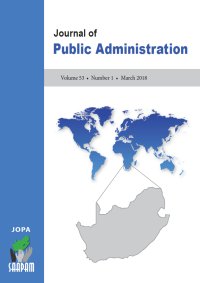
In its preface the book, Managing human capital in the public sector, makes a bold suggestion for a paradigm shift in human resource management study and practice. Central to this shift is the suggestion of additional value added to human resources management as capital to be "appreciated, protected and preserved" (p. v). The idea of human resources or personnel as "capital" is not new. Adam Smith viewed the notion of human capital as lending to the skills, talents and experiences of the worker, which as fixed capital, were comparable to that of a machine, although with cost implications. This idea has certain profitable rewards for the organisation and society in general (Smith, 1779). This is the "economic value" add that has resonance with contemporary discourses on human capital. The task of this book in pushing for this approach was to show the knowledge and practice range of possibilities in taking